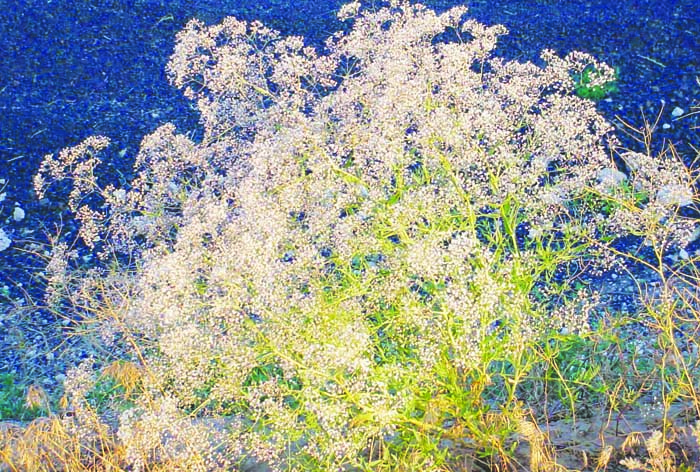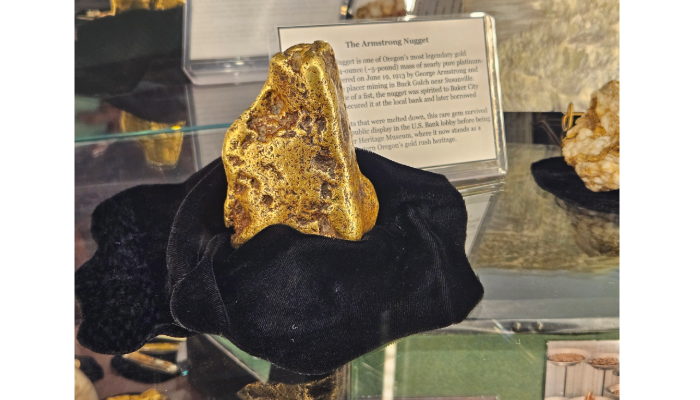Noxious weed of the week
Published 6:11 am Thursday, August 18, 2022

- Baby's breath can spread its seeds as it tumbles along the ground propelled by the wind.
The enemyBaby’s breath (Gypsophila paniculata L.)
Trending
This somewhat desirable plant is used all over the world in the floral trade. This perennial plant from Europe has small white flowers that exist at the terminal end of the branch. It has a long narrow leaves which occur up and down all stems. The bushy plant can tumble like many other plants to spread its seeds. The plant was introduced as an ornamental and has since spread to pastures, rangeland, and roadsides.
The attackOnce established it spreads rapidly and due to its strong taproot it can be difficult to control and survives in drought and sandy solids. The rosette is quite prolific which gives it the ability to choke out the native vegetation. It has also been found to be harmful to livestock. The worst problem is that many people will pick the plant and then toss it out later, thus spreading the weed.
The defenseAs baby’s breath can be desirable please don’t remove it from the site, unless you throw it into the fire or into a tied-off garbage bag. If there are just a few plants, use a shovel. If the weed becomes a problem, quality herbicides such as Opensight or Milestone. 2,4-D and Roundup Pro will just make the plant mad and destroy desirable vegetation.
Trending
Treatment should be done in the spring, or wait until fall when the fall rosettes are injured by the frost. In the fall the perennial plants are sending nutrients to the roots to survive the winter and herbicides work by being carried into the roots.









